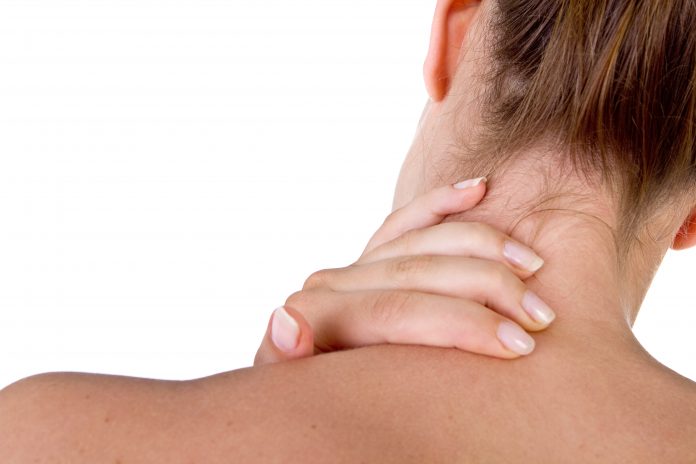You are told you have a shoulder separation or AC joint dislocation. Now what do you do?
A shoulder separation is an injury to the acromioclavicular (AC) joint on the top of the shoulder, where the collarbone (clavicle) meets the highest point of the shoulder blade (acromion). An injury to the AC joint is common, often caused by a blow to the shoulder, or a fall onto an outstretched hand. The fall injures the ligaments that surround and stabilize the AC joint, forcing the clavicle to detach from the acromion. This creates a bump or bulge above the shoulder. The shoulder and neck muscles contract a bit as the shoulder no longer has the strut of the clavicle to hold it out to length and provide normal stability.
An AC joint separation is divided into various categories depending on the severity of the damage. Mild AC joint injuries (Type I and II) may respond to conservative treatment such as ice, a sling and physical therapy. More severe injuries (Type III, IV, V and VI) are typically treated with surgery. When these ligaments are badly torn, they never heal on their own because the clavicle is elevated past the healing distance of the torn ligaments.
There remains some controversy about the best way to treat moderate Type III shoulder separations. Although some orthopedists choose the non-operative option, in many cases the shoulders end up uncomfortable and somewhat unstable. Athletes who are overhead throwers or who play tennis, volleyball, and squash, are significantly weakened by a Type III joint dislocation for up to a year after injury, and often mildly affected permanently.
Knowing this, many of our athlete patients choose to have the injury repaired. The rationale for early repair is that freshly torn ligaments can be sutured back together and backed up by wrapping an allograft tissue around the elevated clavicle.
It is, in our opinion, the safest and strongest way to rebuild the AC joint with the least complication rate. Possible complications can be loss of fixation or loss of stability, which most commonly occurs when a patient has a repeat fall during the early healing period.
Another reason to consider repair is that the long-term outcome of a dislocated AC joint seems to be painful arthritis at the AC joint itself, which is somewhat puzzling since the clavicle is displaced outside the joint. However, it appears that abnormal forces and motions, which intermittently cause the clavicle to interact with the acromion, lead to the degenerative change over time. The early restoration of the AC joint may prevent this subsequent AC joint arthritis.
Many patients take a wait-and-see approach and then choose to have a late AC joint reconstruction. The results are also good, but sometimes not quite as excellent as an early repair, before the surrounding tissues stretch out.
On the first day, patients can ride a stationary bike, begin core exercises and scapular stabilization exercises and obtain a cardiovascular work out to build a fitness program. Immediate exercise sends healing endorphins to the torn tissues, keeps the mind in a good space and keeps the patient feeling like an athlete in training rather than a patient in rehabilitation. A prompt repair and focused rehab can ensure rapid return to full activities. Significant AC joint injuries are another example of how conservative care should mean early repair, not non-operative care, when the torn tissues can be fixed.
Dr. Watanachai Bangken is an Orthopedic shoulder specialist at Phyathai Sriracha Hospital and if you would like to have a consultation regarding AC joint dislocation or any other shoulder issues then please contact Phyathai Sriracha Orthopedic Center on telephone 087 – 100 – 0990 email [email protected] www.phyathai-sriracha.com










